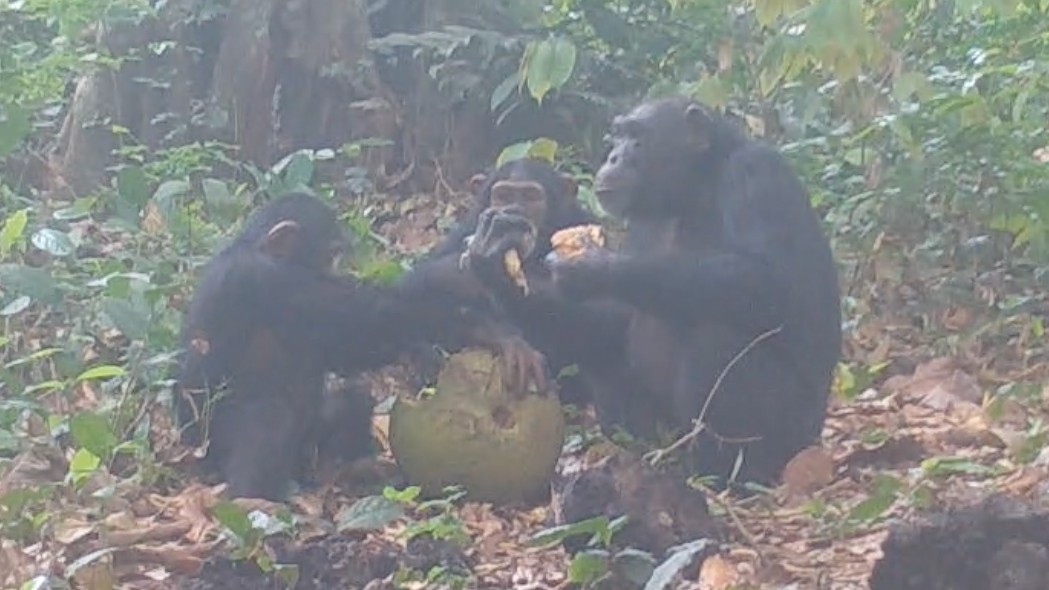Worst die-off of a single species in the modern era discovered — and 'the blob' was to blame
The blob — an extreme marine heatwave that hit the northeast Pacific between 2014 and 2016 — killed approximately 4 million common murre, and the population is yet to recover, a new study finds.

Scientists have uncovered the biggest mass die-off of a single species in the modern era, with 4 million common murre (Uria aalge) being wiped out by a brutal marine heat wave known as "the Blob" that lasted for about two years between 2014 and 2016.
These seabirds, often likened to flying penguins because of their striking black-and-white plumage, once crowded rocky shores, dived into frigid waters for fish, and nested in bustling colonies. But now, their vibrant presence has faded, revealing a stark vulnerability.
In the wake of the Blob, these iconic colonies have seen a drastic decline, with some populations now just a quarter of their former size.
The devastation began in late 2014, when the Blob took hold in the northeast Pacific. Ocean temperatures soared by 7 degrees Fahrenheit (around 4 degrees Celsius), disrupting the entire ecosystem. Phytoplankton, the foundation of the marine food web, dwindled, which, in turn, triggered a catastrophic collapse in forage fish, the murres' primary food source.
By 2015 and 2016, starvation swept through common murre populations, and beaches from Alaska to California became littered with their carcasses. Researchers with the University of Washington's Coastal Observation and Seabird Survey Team documented 62,000 dead murres in a single year. In some areas, strandings exceeded 1,000 times the usual rate — a staggering figure that hinted at the scale of the crisis.

Still, the true scale of the disaster remained unclear until a recent study led by Heather Renner, a wildlife biologist with the U.S. Fish and Wildlife Service. In their research, published Dec. 12 in the journal Science, the team used decades of colony-based surveys to paint a grim picture: The Blob killed an estimated 4 million murres — half of Alaska's murre population.
Related: More than 10 billion snow crabs starved to death off the coast of Alaska. But why?
Sign up for the Live Science daily newsletter now
Get the world’s most fascinating discoveries delivered straight to your inbox.
In the Gulf of Alaska, murre colony sizes dropped by 50%, while in the eastern Bering Sea, losses reached a devastating 75%, the team found. "We knew right away this was a big, unprecedented die-off," Renner said in a statement. "We just didn't know how big."
The die-off was four to eight times larger than initial estimates, making it one of the largest single-species wildlife mortality events ever documented.
"To put this in perspective,” Renner said, "the common murre die-off was approximately 15 times larger than the number of seabirds killed during the Exxon Valdez oil spill, an environmental disaster of epic proportions."
Seven years after the heat wave, there is still no sign of recovery. Renner's team continues to monitor seabird colonies, but the outlook remains grim. Images accompanying the study offer stark visual evidence: One pair of images shows a colony of murre on South Island in the Semidi Islands, photographed in 2014 and again in 2021, with a dramatic reduction in individuals.
"We hoped to see more of a recovery to previous population numbers by now," Renner notes. The ecosystem, she suggested, may no longer be able to sustain such large murre populations. Smaller colonies face heightened vulnerability to predators and environmental stress, further complicating recovery efforts.
"Whether the warming comes from a heat wave, El Niño, Arctic sea ice loss or other forces, the message is clear: Warmer water means massive ecosystem change and widespread impacts on seabirds," study co-author Julia Parrish, a biologist at the University of Washington, said in a statement. "The frequency and intensity of marine bird mortality events is ticking up in lockstep with ocean warming."

María de los Ángeles Orfila is a science journalist from Montevideo, Uruguay, known for her long-form writing featured in El País and El Observador. She also participated in the Sharon Dunwoody Mentoring Program 2023 offered by The Open Notebook and has bylines in Science, Scientific American, and Discover Magazine, among other outlets.









